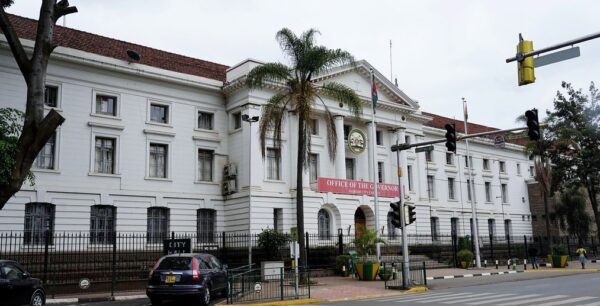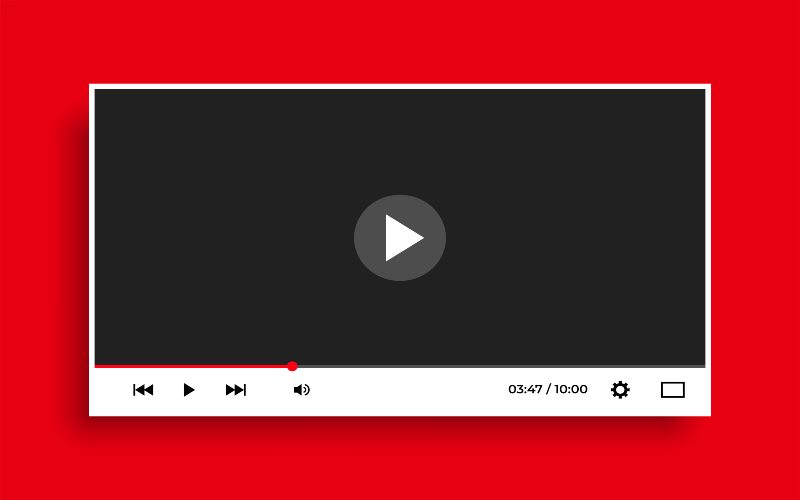Relief for Kenyan consumers as benchmark lending rate expected to be slashed again

The projection is pegged on the move by the United States central banking system, the Federal Reserve, to enact the third consecutive interest rate cut since 2020.
Consumers in the country could be looking towards further ease in the cost of credit at the start of next year, as the apex bank is projected to further slash the policy lending rate which now stands at 11.25 per cent.
The projection is pegged on the move by the United States central banking system, the Federal Reserve, to enact the third consecutive interest rate cut since 2020.
More To Read
- Kenyans to access cheaper loans as CBK cuts lending rate to 9.25 per cent
- Banks urge CBK to cut base rate to spur private sector lending
- Commercial banks with highest interest rates
- CBK: Microfinance banks struggling with loan defaults amid shrinking deposits
- CBK revises credit pricing model, adopts new benchmark rate for loan pricing
- Kenyan banks tighten oversight of third-party tech firms amid rising cyber threats
The US central bank approved an increase in July 2023 that raised interest rates to their highest level in over 22 years.
The increase brought the target range to 5.25 - 5.5 per cent, a level the US Federal Reserve maintained for most of 2023 and into this year, until September, when it implemented its first rate cut, reducing it by 50 basis points to a range of 4.75 to 5.0 per cent.
In the November review, the Fed again lowered the benchmark policy rate, by a quarter point, bringing it to a range of 4.50 - 4.75 per cent.
The latest one, the December review, has also seen the Fed slash the rate by another quarter a point, bringing down the main borrowing rate to a range of 4.25 - 4.50 per cent.
Ideally, this could see the Central Bank of Kenya (CBK) cut further its base lending rate in the next coming review slated for February 2025, mirroring the Fed's direction, it being the global benchmark for financial control.
Alignment
In other words, when the US cuts the benchmark interest rates, other economies globally more than often bend towards the same direction when revising their country-specific base lending rates.
Kenya's apex bank, the CBK, through its Monetary Policy Committee, typically aligns the direction of its Central Bank Rate (CBR) with the US Fed rate.
This trend is evident in the past three meetings, where the committee reduced Kenya's base lending rate, starting with a cut from 13.0 to 12.75 per cent in August.
The second cut came in October, from 12.75 per cent to 12.0 per cent. The most recent one in early December saw the rate slashed further to 11.25 per cent.
It is likely the CBK's decision in the coming Monetary Policy Committee meeting early next year, will align with the latest US Fed review.
This would mean more relief for Kenyan households who seemingly have had a tough year, coupled with high taxes and constrained disposable incomes amid the rising cost of living.
Experts argue that a lower policy rate should translate to cheaper borrowing costs for most kinds of loans.
Conversely, a Fed rate hike reduces dollar supply in the market, making the currency stronger when trading against local currencies such as the Kenyan Shilling.
When the Kenyan shilling tumbles against the greenback, it means importers in the country will be incurring extra costs to buy the scarce dollars for imports, hence costlier commodities that eventually trigger inflation to rise.
To curb this, the CBK adjusts the base lending rate upwards, similarly matching the US Fed Rate direction, in fighting inflation.
The vice versa of the aforementioned is true. When inflation levels begin moving towards the statutory target in both economies, the governing bodies would then enact interest cuts to give the economy some breathing space, enhancing the money supply as the cost of credit eases.
Top Stories Today















































